Products
Integrations
This comprehensive resource covers every component of online returns. You'll learn how to streamline your returns process, improve your customer's experience, and ultimately boost your bottom line.

Chapter 1 sheds light on the fundamentals of returns management (aka reverse logistics). It tackles the importance of having a solid returns management strategy and explores the benefits of implementing smooth processes.
Read the chapter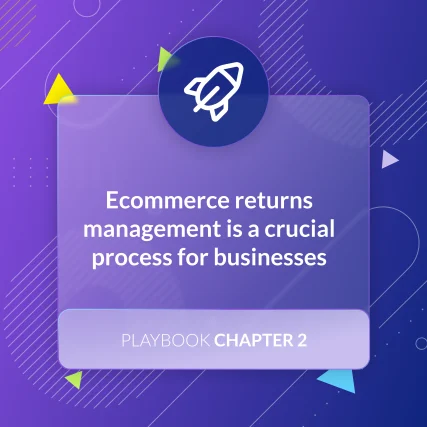
Online retailers face several challenges when managing returns, such as high return rates, reverse logistics, product condition, and cost. Fortunately, there are several ways to help you overcome these hurdles. You can reduce return rates by providing detailed fit information and ensuring your products are accurately represented on your site.
Read the chapter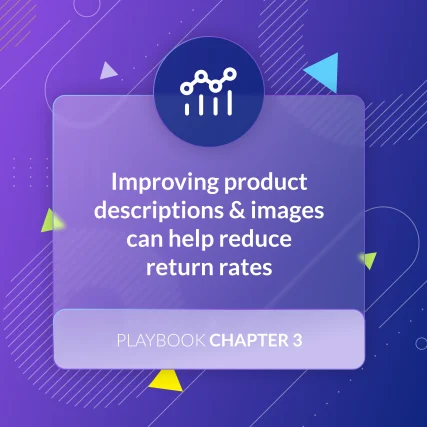
Returns may be inevitable, but that doesn't mean you shouldn't strive to reduce them. This is particularly important if your return rate is high. (Regarding benchmarks, the average return rate in ecommerce is around 20%).
Read the chapter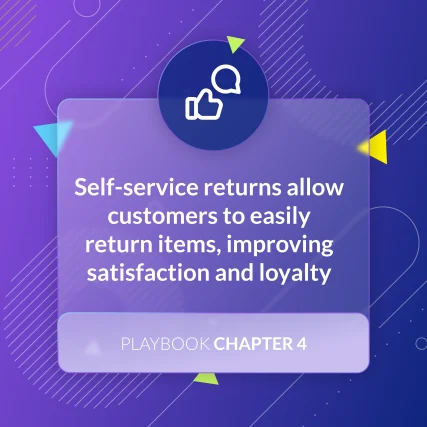
Self-service returns are a solution for ecommerce retailers to reduce customer service demand and costs while also delivering a better returns experience for shoppers. When you implement self-service returns, you're allowing customers to send back items using a returns portal or webpage.
Read the chapter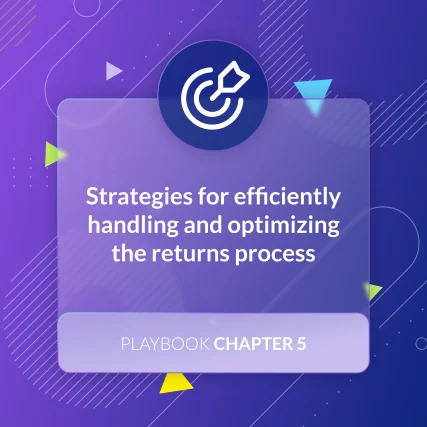
This chapter provides strategies and examples for managing online returns efficiently to reduce costs and improve customer satisfaction. It sheds light on the common reasons for returns and includes action steps for navigating them.
Read the chapter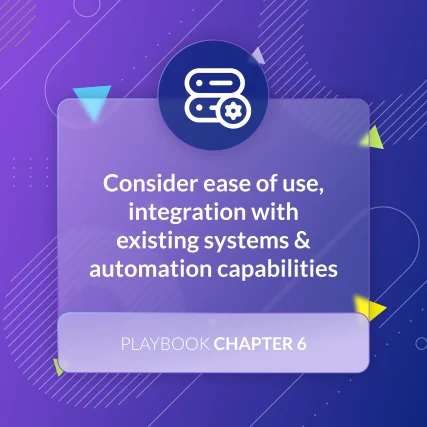
One of the best ways to minimize and optimize the returns experience is to use returns management software (RMS). RMS solutions automate various components of the returns process, such as customer communications and refunds.
Read the chapter
How do you stay competitive? A few things to consider are implementing clear return policies, offering cross-border returns, and emphasizing sustainability.
Read the chapter
Check out chapter 8 to discover how to implement returns marketing effectively.
Read the chapterWhen products are in transit, make it a point to provide updates and notifications, ideally using an automated solution.
Book a demo


Enhance your post-purchase journey with personalized communications that keep customers informed every step of the way.
Learn MoreProvide a predictive delivery date that increases conversions, reduces uncertainty, and improves customer satisfaction.
Learn MoreTurn potential customer dissatisfaction into an opportunity for revenue retention by digitizing your returns process.
Learn MoreBe the first to know the latest news, product updates, and more from parcelLab